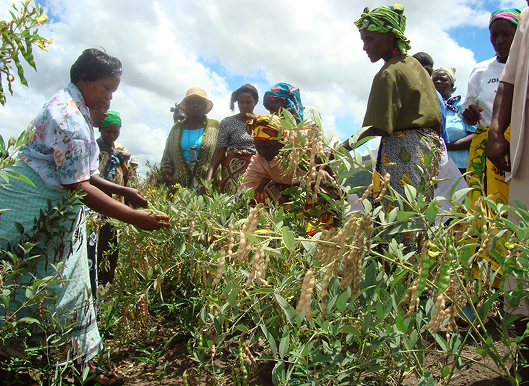Submitter: ICRISAT
The seedling transplanting method is emerging as a climate-resilient technology (CRT) and has substantial potential to increase pigeonpea productivity. It allows farmers to raise seedlings in protrays and transplant them in the field at the right time, especially to make use of the first rains, improving timeliness and resource utilization.

Suitable in regions affected by erratic rainfall and poor agronomic practices. Ideal for areas like Karnataka, Telangana, Maharashtra, Odisha, Chhattisgarh, Jharkhand, and Bihar, where pigeonpea is primarily grown as a rainfed crop.
Can also be practiced in varying rainfall regions when combined with landform management like raised beds and broad bed furrows.
Transplanting improved productivity by 20–30% and resource use efficiency by up to 30% in Karnataka, Telangana, and Odisha.
In high rainfall states like Odisha, combining transplanting with landform management boosted productivity by 50–60%.
Can be scaled across pigeonpea-growing states through dedicated schemes or programs.
Requires strong awareness and capacity-building initiatives to demonstrate its climate-resilient benefits.
Policy support and incentivization for adoption will be critical to success.